Motor skills development is a crucial aspect of human growth and physical ability. Gross motor skills involve large muscle groups and movements while fine motor skills involve precise coordination of small muscles. In this comprehensive guide we explore the milestones of gross and fine motor skills development providing valuable insights and guidance to help you understand and support these essential skills in children and individuals of all ages.
I. Introduction to Gross and Fine Motor Skills Development
Gross motor skills refer to the ability to control and coordinate large muscle groups to perform tasks such as crawling walking running jumping and balancing. Fine motor skills on the other hand involve the precise control and coordination of small muscles in tasks like grasping writing drawing and using tools.
II. Gross Motor Skills Milestones in Infancy and Early Childhood
- Head Control: By around 3 to 4 months infants develop the ability to hold their head steady while supported in an upright position. This milestone is essential for further gross motor development.
- Rolling Over: Between 4 to 6 months infants begin to roll from their back to their front and vice versa. Rolling over helps strengthen core muscles and prepares them for more advanced movements.
- Crawling: Around 6 to 10 months infants start to crawl which strengthens their upper body muscles promotes coordination and prepares them for upright locomotion.
- Walking: Typically infants take their first independent steps between 9 to 15 months. Walking involves coordination of the legs balance and the integration of other gross motor skills.
III. Gross Motor Skills Milestones in Childhood and Adolescence
- Running and Jumping: As children grow they refine their running and jumping abilities. They develop speed endurance balance and coordination enabling them to participate in various physical activities and sports.
- Balance and Coordination: Children improve their balance and coordination through activities like hopping on one foot skipping and riding a bike. These skills enhance their overall motor proficiency.
- Throwing and Catching: The ability to throw and catch objects with accuracy and coordination develops as children practice and refine their motor skills. These skills are essential in sports and games.
- Physical Fitness and Strength: Regular physical activity helps children build strength endurance and overall physical fitness. It contributes to their gross motor skills and promotes a healthy lifestyle.
IV. Fine Motor Skills Milestones in Childhood and Adolescence
- Grasping and Releasing: Infants initially grasp objects with a whole hand but by around 9 to 12 months they develop a pincer grasp using their thumb and index finger. This milestone allows for more precise manipulation of objects.
- Hand-Eye Coordination: Children refine their hand-eye coordination through activities like stacking blocks stringing beads and using scissors. These skills support tasks such as writing drawing and playing musical instruments.
- Writing and Drawing: As children enter school age they develop the ability to hold a pencil or pen and form letters and shapes. Writing and drawing require fine motor control precision and hand strength.
- Tool Use: With practice children learn to use various tools and utensils effectively such as scissors utensils for eating and tools for crafts. These skills enhance their independence and dexterity.
V. How to Support Gross and Fine Motor Skills Development
To support the development of gross and fine motor skills in children and individuals of all ages consider the following strategies:
- Provide Opportunities for Movement: Encourage physical activity and play that promote gross motor skill development such as outdoor games sports dancing and active playtime.
- Offer Manipulative Activities: Provide toys puzzles and activities that require fine motor skills such as building blocks threading beads and puzzles with small pieces. These activities enhance hand-eye coordination and precision.
- Practice Fine Motor Tasks: Engage in activities that involve fine motor control such as coloring drawing painting and playing with small objects. Encourage practice and provide age-appropriate tools and materials.
- Support Strength and Coordination: Engage in exercises that target core strength balance and coordination such as yoga balance activities and obstacle courses. These activities enhance overall motor skills.
VI. Conclusion
Gross and fine motor skills milestones play a vital role in human development. By understanding and supporting these milestones we can help children and individuals enhance their physical abilities coordination and overall motor proficiency.
Remember each individual progresses at their own pace and it’s important to provide a supportive and engaging environment that fosters motor skill development. By offering opportunities for movement providing manipulative activities practicing fine motor tasks and supporting strength and coordination we can contribute to the gross and fine motor well-being of individuals across their lifespan.

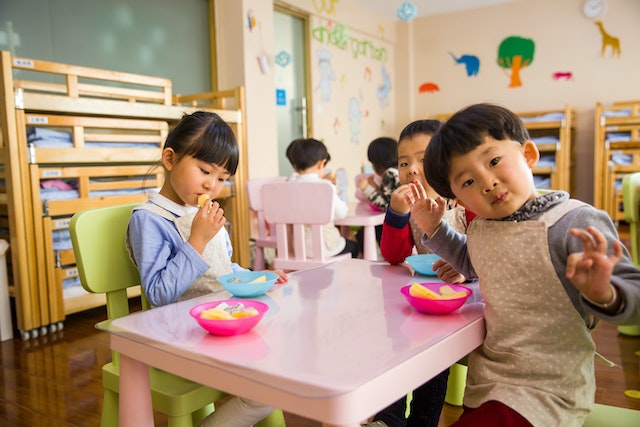

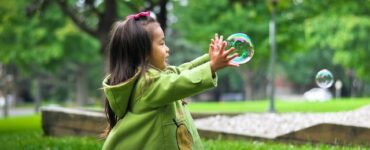




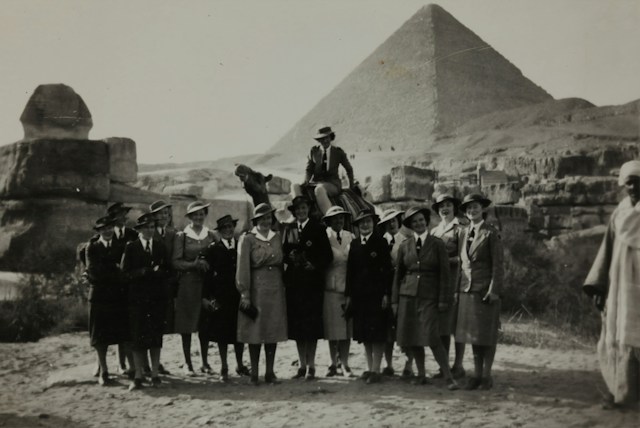
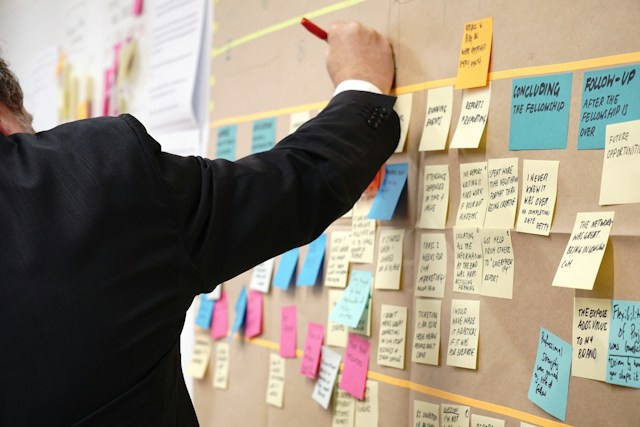

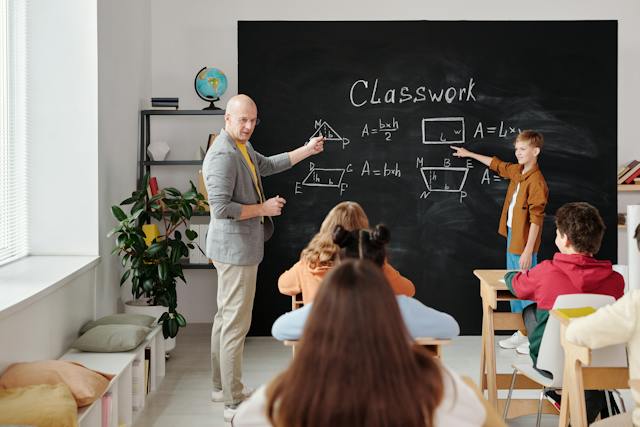



Add comment